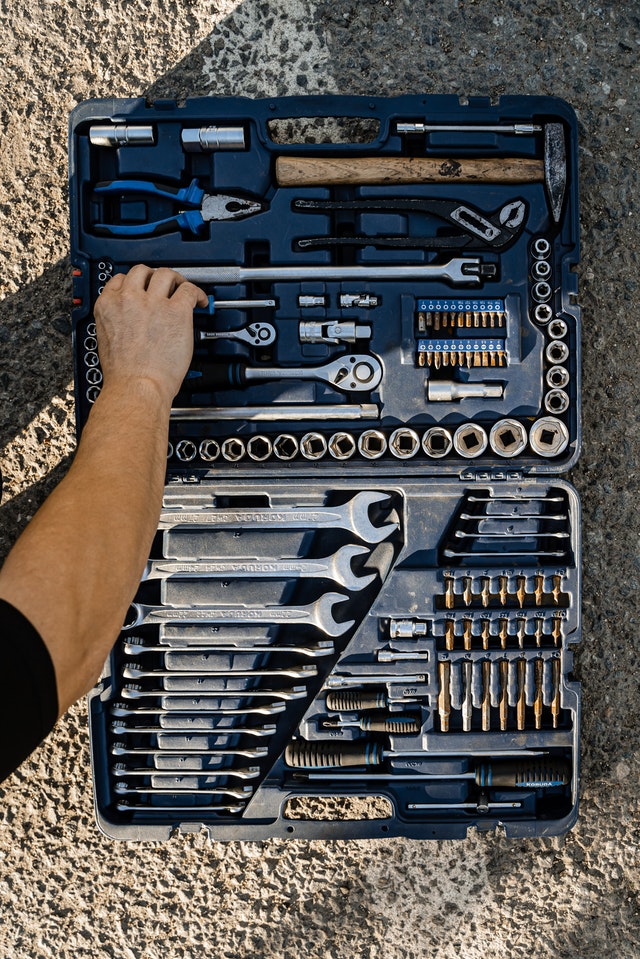Going for flexibility
Organisations face the problem to handle a varied and changing demand with a stable and efficient process. One known best practice is to use modularisation. Done in the true way, modularisation will improve both the flexibility and ability of an organisation to satisfy a varied customer demand and limit the use of resources, time and cost to do so. As such it is considered to be a major competitive advantage by those who use and understand it. On the other hand a lot of organisations that try to use modularity fail to get the wanted results. The flexibility of the organisation is traded for the efficiency instead of achieving both.
When struggling to cope with the constant variation in the demand from the customers the easy way out is to limit what is offered. The risk is that part of the customers are neglected. It could be a small part of the need from a big customer or needs from innovative customers with low volume that drive future technology. There are customers that seem to have low volume needs but would be large if other customer knew about the availability. Organisations that are requested to improve efficiency will try to avoid such variation. The variation in customer demand is perceived as ruining the possibility to become efficient. To master the situation the organisation is often divided into a commercial and industrial part, where the industrial part is set to handle the efficiency and the commercial part is set to handle the demand.
“Variety, multiplicity are the two most powerful vehicles of lust.”
– Marquis de Sade

Modularisation efforts are often handled by the industrial part of the organisation and therefore focus more on the efficiency than the effectiveness of satisfying the actual customer demand. The consequence is a reduced offer to the customer with lost sales, reduced margin and profitability as a consequence. After a period of time complexity reoccurs because the variation has to be recreated to be able to meet customer demand.
Those that really manage to do True Modularisation on the other hand, find themselves with a more flexible and adaptable organisation that is more efficient than without modularisation. Modularisation gives the ability to structure the varied and changing world in such a way that the commercial and industrial part of an organisation find ways together to solve the equation for “variation and efficiency”, True Modularisation will create a common langue.
In modularisation the product, service or process is divided into components. By a clever selection of components the different parts can be managed separately. The work to design, manufacture and sell the product can be done in parallel. Just in Time and Time to Market will improve tremendously. The organisation can now try to understand the need component by component. How does the customer use the product? What user factors are important for the component? Only when the user factors shows a need of variation for a component, another performance step of the component is supplied. This will ensure the efficiency by creating as few performance steps as possible to fulfil the customer demand. To achieve flexibility, the components can be combined in many different end products if the interfaces are standardised between the component series. The total flexibility of the system enables customer to choose from an almost infinite output with a very limited input. To enable the right choice, user factors are used to recommend customers how to choose the right components.
This way of working and the understanding of why to modularise will ensure the right outcome and the success of the organisation. Modularisation could help a lot of different organisations to become better. The structure that creates efficiency and the flexibility that creates effective customer satisfaction is beneficial for any organisation or process. Modularisation is a way to avoid sub-optimisation in a big and complex organisation. When used the benefits are seen throughout the whole organisation.